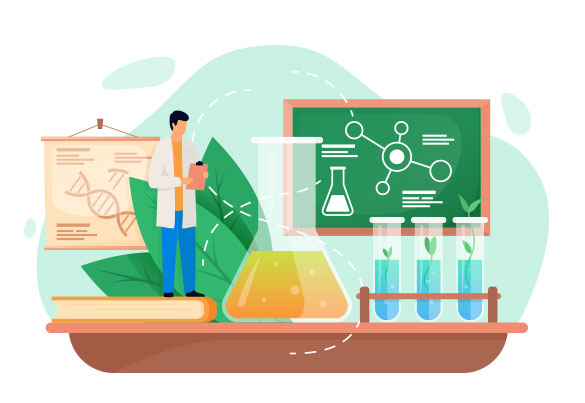CNS Focused Library
The success of drug discovery programs for CNS targets depends heavily on the quality of the initial screening results. The criteria selected play a critical role in the overall CNS drug discovery process when designing a screening library against CNS-targets. Moreover, the basic requirements for compounds that are supposed to penetrate the blood-brain barrier are different from those for most of drug discovery programs. In addition to the known issues of delivery of large and non-polar compounds and their penetrability across the cell membranes, small and polar compounds are unable to cross the blood-brain barrier.
In order to address this issue, BOC Sciences is developing a reliable CNS-focused library to provide small, non-polar compounds that are also free from PAINS/toxic fragments and aggregates.
 Figure 1. Pathways involved in pro-IL-1b and pro-IL-18 expression. (Hanamsagar, R.; et al. 2012)
Figure 1. Pathways involved in pro-IL-1b and pro-IL-18 expression. (Hanamsagar, R.; et al. 2012)
CNS Focused Library Design
- Structural features
Conformational constraints and rigidity of the molecules are important structural features of CNS-focused compounds. We have focused our selection of the library compounds on the recently synthesized molecular arrays with different structures of sp3-rich saturated ring cores, including spirocycles and bridging scaffolds
- Novelty
The compounds in the CNS-focused library are selected from the BOC Sciences HTS compound collections in which these compounds are synthesized based on innovative scaffolds with advanced building blocks to extensively modulate their physicochemical properties, and they are able to represent new chemical spaces
- Diversity
Structures of CNS focused library are analyzed by using similarity scoring to identify the most diverse compounds
CNS Focused Library Characteristics
BOC Sciences’ CNS focused library includes nearly 9,000 therapeutically relevant compounds that are carefully selected from our proprietary collection of HTS compounds to meet the parameters listed in the table below.
Table1. The summary of the BOC Sciences CNS Focused Library characteristics
| Parameter | Value |
| MW | 180-420 |
| LogP | -1-4 |
| TPSA | 0-100 Å2 |
| Number of H Donors | ≤3 |
| Number of H Acceptors | ≤8 |
| Number of Rotatable Bonds | ≤8 |
| Number of Rings | 1-6 |
| fsp3 | 0-1 |
| ClogP | 1.3-3 |
| Number of H-bonding | ≤3 |
| Number of Carboxylic acid group | ≤1 |
| Number of S Atoms | ≤2 |
| Number of Cl Atoms | ≤2 |
Features of CNS Focused Library
- All PAIN and reactive compounds are excluded from selection by internal filter applications
- Structurally diverse subset, with the option to favor hit discovery
- Structural analogs available for SAR studies
- All compounds are continually updated
- Compound cherry-picking service is available
What We Deliver
- Delivered within 2 weeks in any customer-preferred format
- Powders, dry films or DMSO solutions formatted in vials, 96 or 384-well plates
- All compounds have a minimum purity of 90% assessed by 1H NMR and HPLC
- Analytical data is provided
BOC Sciences provides professional, rapid and high-quality services of CNS Focused Library design at competitive prices for global customers. Personalized and customized services of CNS Focused Library design can satisfy any innovative scientific study demands. Our clients have direct access to our staff and prompt feedback to their inquiries. If you are interested in our services, please contact us immediately!
Reference
- Hanamsagar, R.; et al. Toll-like receptor (TLR) and inflammasome actions in the central nervous system. Trends in Immunology. 2012. 33(7): 333-342.
